
Before steel structures were applied, humans had mastered iron smelting technology and used it to make iron tools like weapons and agricultural tools or buildings like iron bridges and iron towers. Such as Hittite chariots, weapons, iron plows, and pagodas in ancient China. The two iron towers located in Guangxiao Temple in Guangzhou are important representatives.
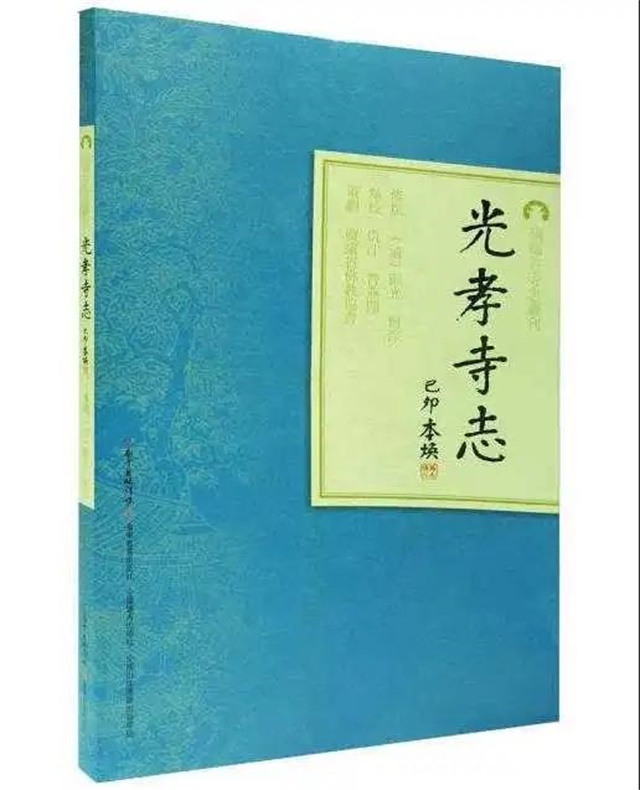
The Chronicle of Guangxiao Temple, revised by Gu Guang and He Cong in the Qing Dynasty, punctuated and collated by Qiu Jiang et al. from the Institute of the Chinese Classic of Sun Yat-sen University, is collected in Steel Structure Museum. The book consists of twelve volumes and contains hundreds of thousands of characters that recorded the activities of many eminent monks and Buddhism in detail, especially the emergence, development, and prosperity of Zen Buddhism in China. The book also contains drawings of and information about the east and west towers.
Guangxiao Temple in Lingnan
Guangxiao Temple in Guangzhou is the oldest, most influential, and grandest monastery in Lingnan area,it is located near Jinghui Road and at the north end of Guangxiao Road, Yuexiu District, Guangzhou, has a history of more than 1,700 years. There is the saying that "Guangxiao Temple was born before Guangzhou City".
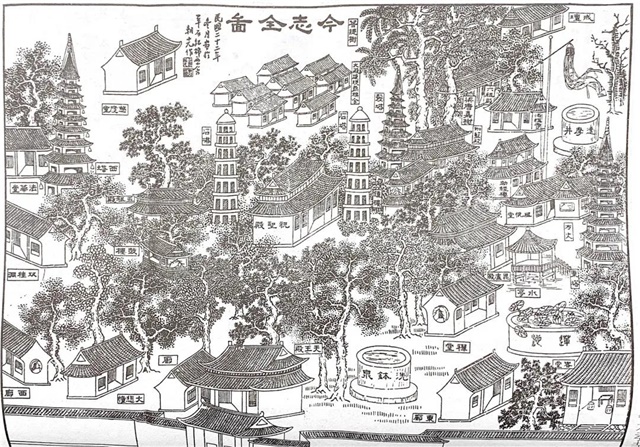
Guangxiao Temple was first the former residence of Zhao Jingde, the king of Nanyue in the late Western Han Dynasty. During the Three Kingdoms, Yu Fan, a man from the Kingdom of Wu who was proficient in the Book of Changes, lived here. He made the residence into a private classroom and taught students. and taught as an apprentice. "The place was inhabited by sterculia nobilis and Kezi (a Chinese herbal medicine) and was known as Yuyuan and Kelin." This was the original Guangxiao Temple. After Yu Fan passed away, his family named the residence as Zhizhi Temple, which has since then become a preaching place of Buddhism.
In the Longan period of the Eastern Jin Dynasty (397-401), Master Dharmayasa, an ancient monk from the Western Regions, visited Guangzhou and lived in Baisha Temple at first. Later, he built a Buddhist temple here, where he translated and preached scriptures by the emperor's command. He renamed the temple as Royal Court Temple (commonly known as Wangyuan Temple). In the twelfth year of the reign of Emperor Yuanjia in the Southern Song Dynasty (the year of 435), the Indian eminent monk Gunabhadra arrived at Guangzhou by merchant ship across the ocean, built an ordination platform and the Pilu Temple Hall in the temple, and set up the "Zhizhi Bodhimanda". In the first year of the reign of Emperor Tianjian in the Liang Age (the year of 502), the Indian master Zhiyaosanzang arrived at Guangzhou across the ocean and planted the bodhi saplings that he brought in the temple. In the first year of the reign of Emperor Datong in the Liang Age (the year of 527), Bodhidharma, the first ancestor of Chinese Zen, traveled from India along the Maritime Silk Road to Guangzhou and was resident in Guangxiao Temple. He later spread Buddhist thoughts widely and was eventually known for creating Zen Buddhism. Bodhidharma is known as "the ancestor of Chinese Zen", and Guangxiao Temple therefore occupied an important position in the history of Zen.
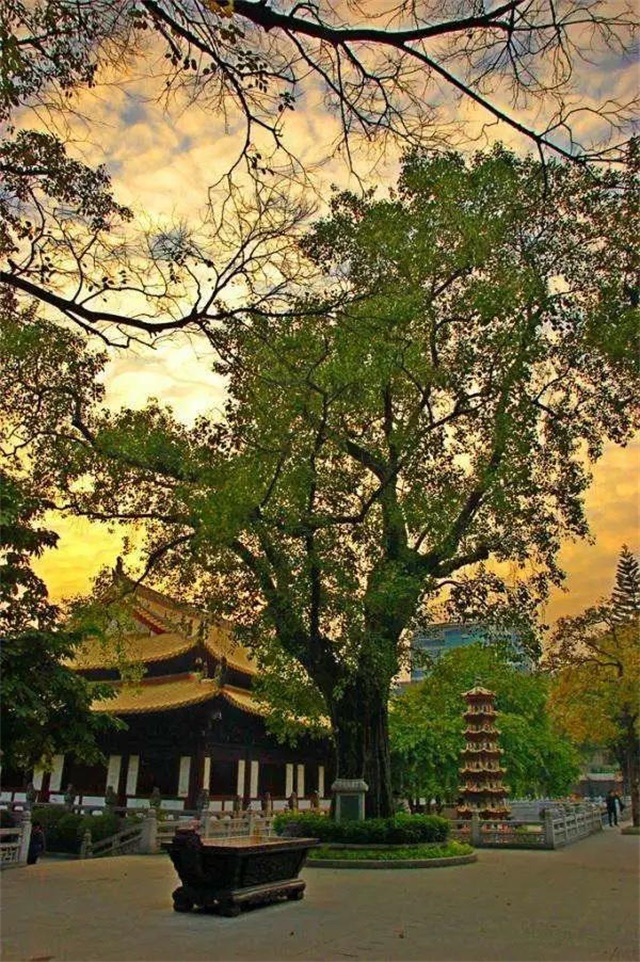
More than 100 years after Bodhidharma left Guangxiao Temple, an eminent monk named Huineng had his head shaved and was ordained here in the first year of Emperor Yifeng in the Tang Dynasty (the year of 676). He also left a stunning Zen quote oft "non-wind movement, non-flag movement, but inner movement". Since then, Huineng opened up the Southern Buddhism in Lingnan and known as one of the "Six Ancestors of Zen". Before and after his arrival, the temple was renamed several times. It was called Qianmingfaxing Temple in the Tang Dynasty, Qianheng Temple during the reign of the Nanhan regime in the Five Dynasties, Wanshou Temple in the Northern Song Dynasty, Baoenguangxiao Temple in the seventh year of the reign of Emperor Shaoxing in the Southern Song Dynasty (the year of 1137), and Guangxiao Temple in the twenty-first year of the reign of Emperor Shaoxing (the year of 1151). In the eighteenth year of the reign of Emperor Chenghua in the Ming Dynasty (the year of 1482), it was awarded the plaque of Guangxiao Zen Temple from the emperor. Since then, it has survived dynasty changes, wars, and ups and downs until today.
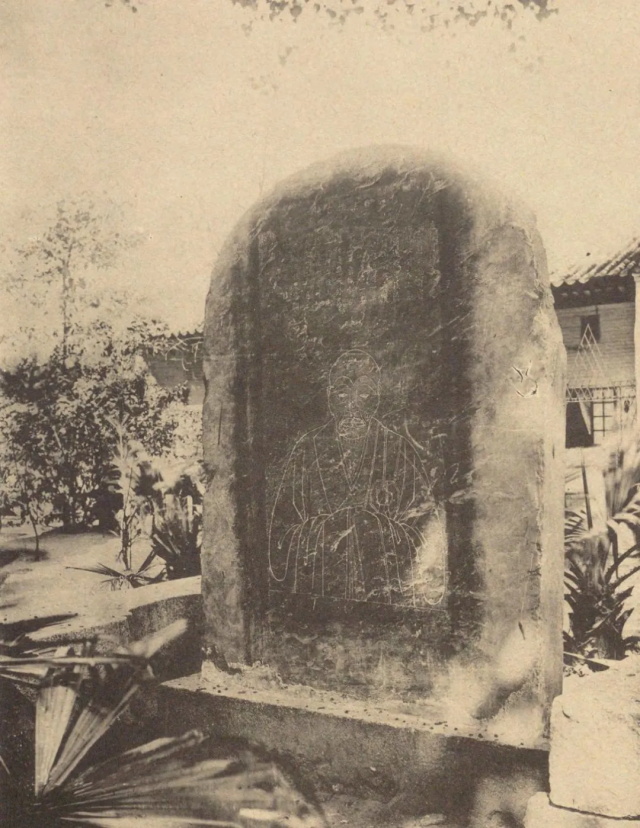
Guangxiao Temple faces south and is symmetrical with a central axis. The complex is structurally rigorous and magnificent. All the buildings are well-proportioned as an integral whole. In particular, there are many cultural relics and historical sites, such as the Great Buddha's Hall built in the Eastern Jin Dynasty, the Xibo Spring excavated by Bodhidharma in the Southern Dynasty, Yifa Tower and the building with Buddhist lection and joss in the Tang Dynasty, the Thousand Buddhas Tower in the Southern Han Dynasty, Liuzu Hall and Wofo Hall dating back to the Song and Ming Dynasties, as well as inscriptions, Buddha statues, Kezitrees, bodhi trees, etc. These are precious Buddhist relics. In 1961, Guangxiao Temple was included in the first batch of national key cultural relics protection units.
Cast Iron as Symbol of Boundlessness in the Period of Nanhan Regime
On the east and west sides of the Great Buddha's Hall in Guangxiao Temple, there are iron towers. The west iron tower was built in the sixth year of Emperor Dabao in the Nanhan Regime in the Five Dynasties (the year of 963), while the east iron was built in the tenth year of Emperor Dabao (the year of 967), four years later. The west tower is recognized as the earliest iron tower that has survived in China.
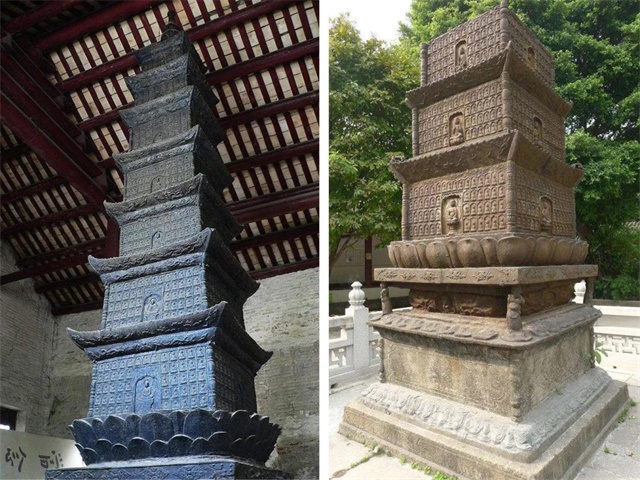
The square west iron tower was constructed by Gong Chengshu, an eunuch in the Southern Han Dynasty, with his female disciple Deng Shi 32 Niang. It originally had seven stories at a height of 7.7m. The collapse of tower hall caused by a typhoon in the 1930s destroyed four of its stories, with only three stories left at a height of 3.1m. The tower is cast with small iron Buddhas and small iron niches on all sides. There are 208, 204 and 168 small Buddhas on the first, second and third floors, and there is a big niche in the very middle to enshrine a sitting Buddha. The whole tower is made of iron, with flying relief in Dunhuang style, and the Buddha statues look like the bearing in the Tang Dynasty.
Roughly similar to the west iron tower, the east iron tower has never been damaged. It still has seven stories at a total height of 7.69m. This tower was donated by Liu Chang, last king of the Nanhan regime, which was why it had an extra layer of special dragon pattern in every eave. There are more than 900 niches and nearly a thousand Buddha statues in the tower, so it is called the Thousand Budd has Tower. Buddha statues have vivid shapes created with exquisite workmanship. Liu Chang was commented by Emperor Taizu of Song as "loving craftsmanship for no good reason". This town was moved from Kaiyuan Temple, Guangzhou, to Guangxiao Temple during the reign of Emperor Duanping in the Southern Song Dynasty (1234-1236).
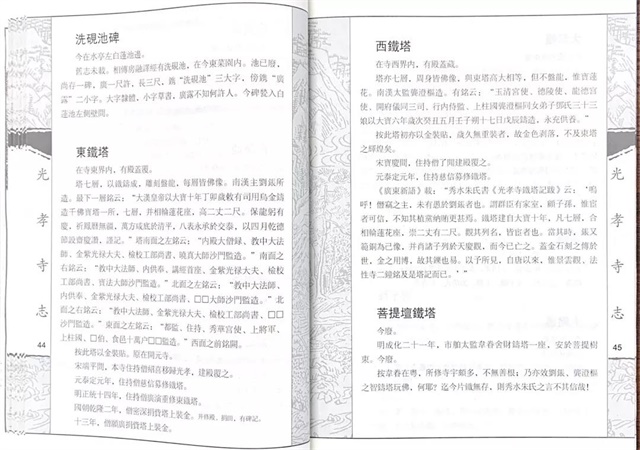
When the iron towers were first built, they were adorned with dazzling gold all over. They used to be called "Golden Thousand Buddhas Towers". Chen Zisheng, a literati in the Ming Dynasty, once praised the iron towers in Guangxiao Temple in the following poem:
The gate to Zen in the Ba Kingdom is set in the Great Buddha's Hall, the historical chanting is still rung after the the Southern Dynasties.
Once hit by disasters in numerous times, now upright like a golden stem in the palace of Han Dynasty.
Who is preaching from the lion's seat, even eunuch converted to Buddhism and made contributions.
Eave bells remain silent days after day, I gaze at the sea in twilight, melancholy.
Monks' Records of Past and Present in an Unobstructed Pure Land
As historically and culturally valuable as Guangxiao Temple is the Chronicle of Guangxiao Temple compiled by men through the ages. Research shows that four versions of Chronicle of Guangxiao Temple have appeared since the Ming Dynasty. They are make great significance for studying the history of Buddhism in China and the culture of Lingnan area.
By the reign of Emperor Chongzhen in the Ming Dynasty (1628-1644), Guangxiao Temple had existed for more than a thousand years. Because the deeds of the eminent monks were so influential while there had been no formal chronicle of the monastery, Zhang Cong, a native of Guangzhou who was chanting in the temple as a member of an association, worked with other members to "search for works from predecessors, consult close servants of the monks, and make a book". This version of Chronicle of Guangxiao Temple consists of two volumes and seven chapters in about thousands of words. Although it is brief, many historical materials dating back before the Qing Dynasty are retained, laying the foundation for subsequent compilation of the new chronicle during the reign of Emperor Qianlong in the Qing Dynasty.
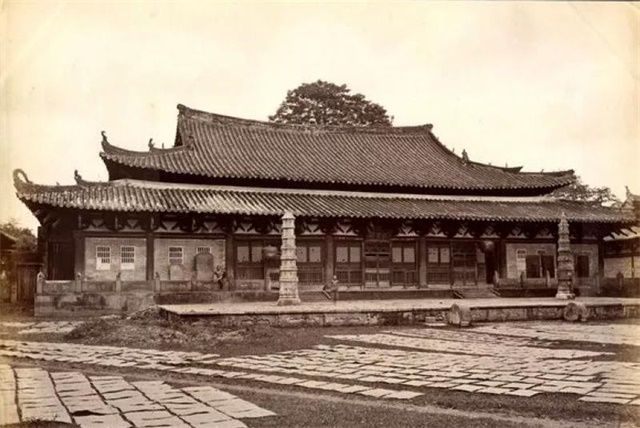
In the thirty-fourth year of the reign of Emperor Qianlong in the Qing Dynasty (1769), Gu Guang, who was then magistrate of Guangzhou Prefecture, was joined by his students and old friends like He Cong to revise the chronicle written by Zhang Cong. "Cut out what is repetitious and fill in gaps." The original book was enriched to 12 volumes in more than 100,000 characters, detailing the historical development of Guangxiao Temple for over a thousand years, from dharmadhatu to establishment, historical sites, magic weapons, pure karma, doctrine system, terminology interpretation, benefactors, quotations, art and culture, inscriptions, etc. This was a rich and complete version. Unfortunately, neither of the versions in the Ming and Qing Dynasties survived to future generations.
For the next over 100 years, Chronicle of Guangxiao Temple had not been reprinted. It is presumed that after the reign of Emperor Jiaqing, only transcripts were circulated, so mistakes and omissions were inevitable. During the period of the Republic of China, it was reprinted by Wen Jue, a native of Shunde, via the local Daliang Changxinghang Publishing House in 1933 and reprinted by Guangdong Compiling and Printing Bureau and published by Zhonghua Book Company in 1935. The former was poorly circulated due to geographical restrictions and low revision quality, although it was based on the reliable text from Guangxiao Chengxin Hall; the latter was beautifully printed and bound by means of advanced technology and contained many photos of real pictures, but it's a pity that mistakes and omissions were communicated because it was not based on reliable text, in spite of its wide circulation and great influence.
In summary, the previous publications of Chronicle of Guangxiao Temple are shown in the table below:

The Chronicle of Guangxiao Temple collected in Steel Structure Museum has been proofread by Qiu Jiang et al from the Institute of the Chinses Classic of Sun Yat-sen University, based on the reliable text from Guangxiao Chengxin Hall and with reference to the two versions dating back to the Republic of China and Transcript of Chronicle of Guangxiao Temple written by an anonymous author in around 2000. It is of high academic value.
[Tips] How many do you know about the existing ancient iron towers in China?
Now six ancient iron towers survived in China. In addition to the east and west iron towers in Guangxiao Temple in Guangzhou, the others include the iron tower in Yuquan Temple in Dangyang, the iron tower in Ganlu Temple in Zhenjiang, the iron tower in Jining, and the Thousand Buddhas Iron Tower in Xianyang.
Iron Tower in Yuquan Temple, Dangyang
Cast in the sixth year of the reign of Emperor Jiayou in the Northern Song Dynasty (1061), it is located on a mound in the east of Yuquan Temple in Dangyang County, Hubei. The tower body looks like a wood-like loft structure. It has 13 stories in a octagonal shape and is about 18m high. The whole tower body is made of cast iron with techniques such as section smelting, cascade piling, and no welding. It is indeed a rare sight to see.
Iron Town in Ganlu Temple, Zhenjiang
Located on Beigu Mountain in Zhenjiang City, Jiangsu Province, this tower was built in the first year of the reign of Emperor Yuanfeng in the Northern Song Dynasty (1078). It originally had 9 stories, but top 5 of them were destroyed by a tsunami during the reign of Emperor Wanli in the Ming Dynasty. After the liberation, more stories were stacked on the remaining 4th and 5th ones to make what it is now.
Jining Tower
Located in the Iron Tower Temple in Jining, Shandong Province, it was built in the fourth year of the reign of Emperor Chongning in the Northern Song Dynasty (1105). This tower was originally an octagon a l7-story building. Two extra stories were added when it was repaired in the ninth year of the reign of Emperor Wanli in the Ming Dynasty (1582) to a height of 24. This tower is stylishly and structurally like a wooden building.
Thousand Buddhas Iron Tower in Xianyang
It is located in Beidu Town, Yuanshang, Xianyang City, Shaanxi Province, it was completed in the 18th year of Emperor Wanli in the Ming Dynasty (1591). This tower is an octagonal 10-storey building at a height of about 33m. There is a Narayana statue on each of the four corners in the lowermost story to support the upper stories. There are many statues of iron Buddhas on each storey, hence the name Thousand Buddhas Tower. It is the only double-story tower among the existing iron towers in China.